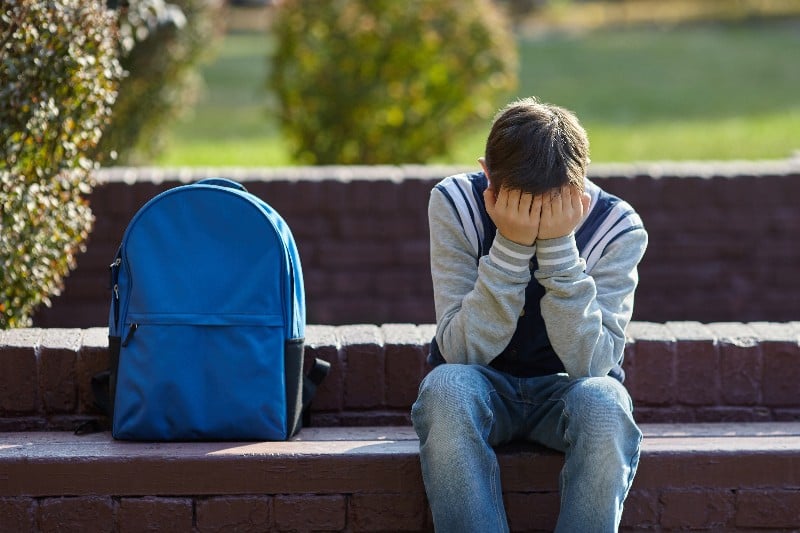
Acne, psoriasis, eczema, vitiligo, alopecia: Any one of these common skin ailments can render a child vulnerable to stigma and bullying at school, new research confirms.
“These chronic skin conditions can be tremendously life-altering, including shaping psychosocial development,” noted study corresponding author Dr. Amy Paller. She’s chair of dermatology at Northwestern University Feinberg School of Medicine in Chicago.
“These painful experiences can shape a child’s personality into adulthood and erode self-confidence,” Paller added in a Northwestern news release. “Children may underestimate their abilities and worry about taking social risks. They don’t feel good enough, and this shame may affect them lifelong.”
The new study of nearly 1,700 kids over the age of 7 was published April 24 in the journal JAMA Dermatology.
Paller’s team used standard psychological scores measuring stigma, depression, anxiety and poor peer relationships among the children involved in the study.
They found that nearly three-quarters (73%) experienced stigma from their skin condition that was severe enough to lower their quality of life. Most of the stigma and bullying they experienced occurred at school, and it could often be cruel.
“Stigma, which is when something false and negative is attached to an individual, can have a profound effect on children’s and teens’ mental health,” Paller noted. “For example, a child with dark scales on the body can be called ‘dirty’ by other kids or a child with a hair loss issue can be shunned by other children who fear the hair loss is contagious.”
“That can lead the child to internalize these thoughts, so these become their own perceptions,” said Paller, who is also a pediatric dermatologist at the Ann & Robert H. Lurie Children’s Hospital of Chicago. “The false beliefs can convince other people around them that it’s true when it’s not. These kids often feel embarrassed or ashamed.”
The findings may apply to many children nationwide: According to the researchers, nearly 10% of school-age kids have eczema, 90% of teens have some form of acne and about 1% of children have psoriasis.
All of this means that parents and clinicians should try to work together to minimize skin conditions when they occur, to help children both physically and mentally.
“The study results should encourage clinicians to aggressively treat skin disorders in children and consider referral to evaluation and counseling of the child, and potentially family, if mental health issues occur,” Paller said. “Doctors need to ask children and parents about the impact of these diseases on their mental health and life.”
Teachers can play a role, too, she noted. Having an open discussion in the classroom about the nature of skin ailments might help dispel stigma.
“Try to diminish the stigma through education and talk about and recognize bullying,” Paller said.
More information
Learn the warning signs that your child is being bullied at the Child Mind Institute.
SOURCE: Northwestern University, news release, April 24, 2024
Source: HealthDay
Copyright © 2025 HealthDay. All rights reserved.

Leave a Reply